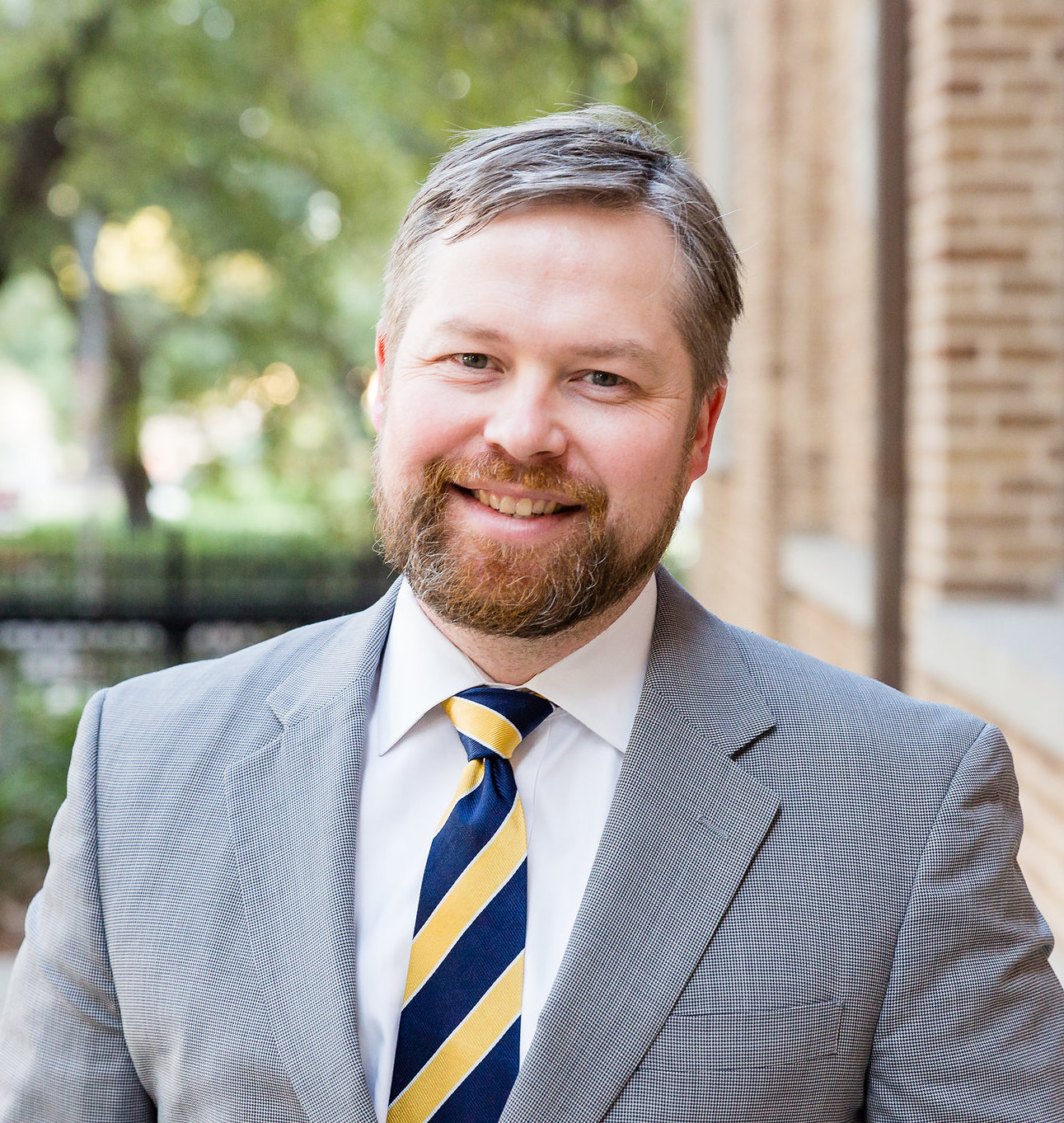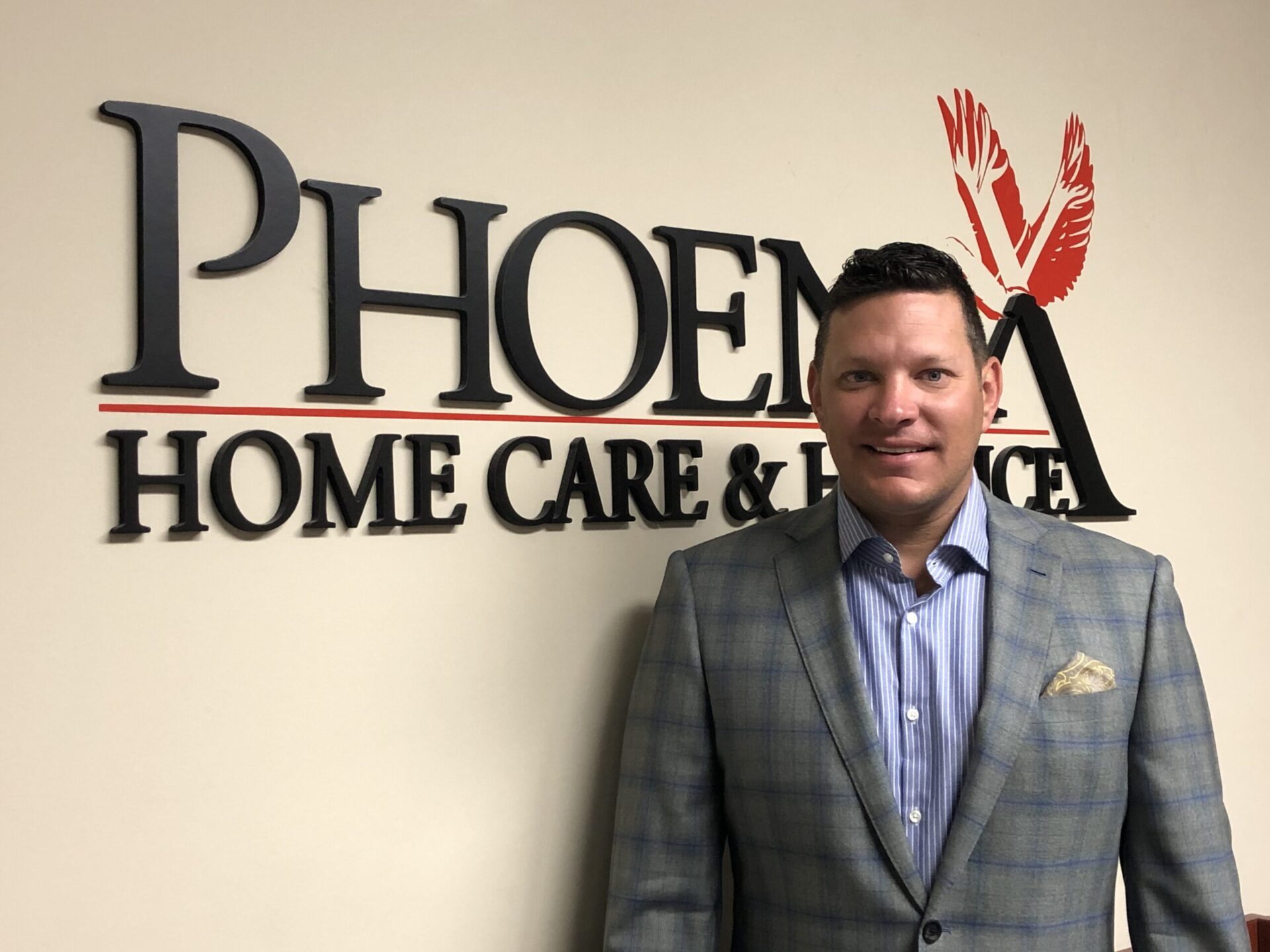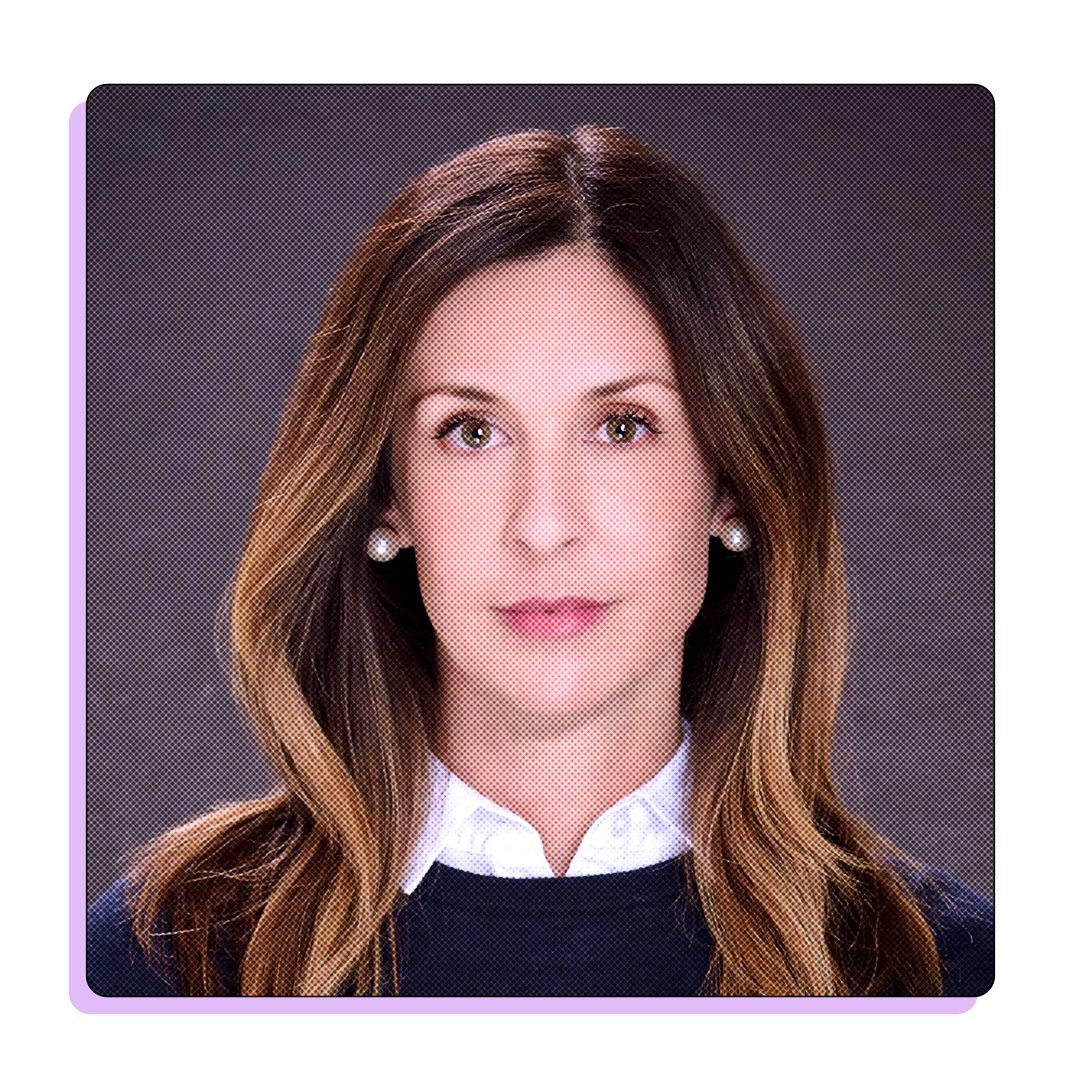When we think about people who leave a true mark on the world, those who manage to touch many lives with their presence, we often consider what makes their influence last. It is a very special kind of impact, one that seems to grow rather than fade with the passage of time. This kind of lasting impression, a sort of enduring grace, is something we can observe in various fields, from the arts to efforts that help improve the health of communities all over the globe.
As we look into what makes a person or an idea truly memorable, it's interesting to consider how stories are told and how information is shared. The text provided to us, which serves as our guide for this discussion, offers a collection of thoughts and details. It brings up the story of a well-known figure, Audrey Hepburn, and also touches on some very important matters concerning public health around the world. So, while the prompt asked about "Audrey Melugin," the information we have to work with points us toward understanding the life and legacy of Audrey Hepburn and some significant global health topics, showing how various elements can connect, in a way, to the broader idea of lasting impact.
It's almost as if the threads of individual stories and bigger societal challenges are woven together, giving us a picture of both personal achievement and collective well-being. This exploration will draw directly from the information given, allowing us to see how a life of grace can stand alongside pressing global issues. We will see how a name, for instance, can carry a certain charm, and how the broader world faces its own set of trials, requiring people to come together for the common good. We will, you know, really unpack what the provided details tell us.
- Adriana Lima Top Fall
- Vivamax Pinoymoviepedia
- Remote Ssh Iot Platform Example
- Ssh Iot Free Platform
- Aggmal Gives
Table of Contents
- The Story of a Cultural Figure
- What Makes a Name So Special?
- How Did Her Contributions Shape Things?
- A Look at Personal Details - Audrey Melugin Insights
- Facing the World's Health Challenges
- Can We Bridge the Digital Divide?
- What Do the Reports Tell Us About Audrey Melugin-Related Health Concerns?
- Looking Ahead at Global Well-being
The Story of a Cultural Figure
The information we have starts by telling us about Audrey Hepburn, a woman whose life story certainly left a deep impression. She was born as Audrey Kathleen Ruston, you see, on May 4, 1929, in a place called Ixelles, which is in Brussels, Belgium. Her mother, who was a Dutch noblewoman, was known as Baroness Ella van Heemstra. This background, in some respects, gave her an interesting start in life, mixing different cultural influences right from the very beginning. She grew up to be a person who was recognized for many things, not just one single role or talent, which is pretty amazing when you think about it.
- Yinyleon Cause Of Death Cancer
- Logan Land Lawsuit
- Best Ssh Remote Access Iot
- Fry99co
- Mark Rutte Girlfriend
Audrey Hepburn became known as an actress, someone who appeared in films and on stage, captivating audiences with her performances. But she was also seen as a fashion icon, a person whose style was admired and copied by many, setting trends that lasted for a very long time. And beyond that, she was a philanthropist, someone who used her fame and influence to help others, working for causes that aimed to make the world a better place. It's quite a combination, really, to be so successful in so many different areas. Her roots were in Belgium, which is where her journey first began, before she became a figure known around the globe.
Her career on the stage took off quite early. When she was just 22 years old, she got a big part in a Broadway show called "Gigi." That must have been a huge moment for her, a real stepping stone. Then, just two years after that, she starred in another production, continuing to build her reputation as a performer. She is, of course, very well-known for the parts she played in several films that have become true classics. These include "Roman Holiday," which came out in 1953, "Breakfast at Tiffany’s" from 1961, and "My Fair Lady" in 1964. These movies, you know, are still watched and loved by many people today, showing just how lasting her work was.
Later in her life, Audrey Hepburn spent her final days in a home she had in a place called Tolochenaz, in Switzerland. As her health got worse, she stayed in her bedroom, getting hospice care, which is a way of looking after someone when they are very unwell. Her impact, both in films and in the way she carried herself, has truly lasted for many decades. It's not just because her style and her movies seem to remain relevant no matter how much time passes, but also because her family has continued to work to keep her spirit and her charitable efforts alive. It's a testament, you might say, to a life lived with grace and purpose, which, you know, really speaks to people.
What Makes a Name So Special?
The name "Audrey" itself has a certain appeal, doesn't it? People often wonder about the story behind names, like what they mean, where they come from, and how many people share them. There's a lot to learn, you know, about the meaning, the roots, and how popular the name "Audrey" is. It's interesting to see how certain names gain favor and stay in common use over many years. This particular name has a history that goes back quite a ways, giving it a sense of tradition and depth.
When you ask about how popular the name "Audrey" is, you find that it's considered to be a beautiful choice, one that has a timeless feel to it. It’s a name that many people think of as classic, meaning it has stood the test of time and still feels right. It also carries a sense of sophistication, suggesting a certain elegance or refinement. Yet, even with all these qualities that make it seem quite common in a good way, it still manages to feel special and not overly used. It has, you know, a distinct quality that sets it apart, making it a wonderful choice for a person who might leave their own unique mark on the world, much like, perhaps, an Audrey Melugin might.
How Did Her Contributions Shape Things?
Thinking about Audrey Hepburn's contributions, it's clear her influence went beyond just her acting roles. Her work as a fashion icon, for instance, helped to shape what people thought of as stylish for generations. She had a very particular way of dressing and carrying herself that many admired and tried to copy. This kind of impact, you know, on popular culture, is something that few people achieve. It shows how a person's individual expression can become a widely recognized standard, influencing how people present themselves and what they consider to be beautiful.
Then there's her work as a philanthropist. This part of her life, arguably, showed a different kind of strength and generosity. Using her public profile to draw attention to important causes meant that she could help gather support and resources for those who needed it most. It's a powerful thing, really, when someone with such a platform decides to dedicate their efforts to humanitarian work. This aspect of her life speaks to a desire to contribute positively to the world, to make a real difference for others, which is, you know, a very noble pursuit. Her legacy, therefore, is not just about the characters she played or the clothes she wore, but also about the good she tried to do in the world.
A Look at Personal Details - Audrey Melugin Insights
Here, we will share some personal details drawn directly from the provided text about Audrey Hepburn, as this is the only individual for whom such specific information was supplied. While the request was for "Audrey Melugin," the source material points us to these facts about Audrey Hepburn, allowing us to see a life's timeline and key aspects.
| Full Birth Name | Audrey Kathleen Ruston |
| Date of Birth | May 4, 1929 |
| Place of Birth | Ixelles, Brussels, Belgium |
| Mother's Name | Baroness Ella van Heemstra |
| Mother's Nationality | Dutch |
| Professions | Actress, Fashion Icon, Philanthropist |
| Broadway Debut | Gigi (Age 22) |
| Notable Films | Roman Holiday (1953), Breakfast at Tiffany’s (1961), My Fair Lady (1964) |
| Place of Death | Tolochenaz, Switzerland |
| Care Received | Hospice care in her bedroom |
Facing the World's Health Challenges
Beyond individual stories, the provided text also brings up some very serious concerns about global health. It talks about confronting the things that cause health emergencies, which are becoming more and more intense and lasting for longer periods. These humanitarian crises, you know, really call for quick action to protect people around the globe. It’s a very pressing issue that affects so many lives, and it requires a concerted effort from many different groups to make things better. The challenges are not small, and they tend to grow if they are not addressed properly.
One way to help with these issues is by connecting people through technology. The text mentions that by closing the gap in digital access, public health efforts can help ensure that everyone has a fair chance to get the care they need. It also suggests that this can make health technology more effective overall in helping to improve the well-being of entire populations. So, it's about making sure that the tools and information available through digital means are accessible to everyone, not just a select few. This is, you know, a big step towards making health services more equitable and efficient for all.
Can We Bridge the Digital Divide?
The idea of bridging the digital divide, especially for public health, is a very interesting one. It's about making sure that access to online tools and information is not a barrier to getting good medical care. Think about it: if health information, appointments, or even remote consultations are mostly online, but many people don't have internet access or the devices to use it, then those people are left behind. This is, you know, a real problem. By making sure more people can get online, we can help ensure that everyone has a fair shot at staying healthy.
This approach also aims to make health technology work better for everyone. When more people can use these tools, the overall impact on community health can be much greater. It's like, you know, making sure a helpful invention can reach as many people as possible, rather than just a few. This could mean a lot for improving the health of large groups of people, helping them to manage their well-being and get help when they need it, which, you know, is really what public health is all about.
What Do the Reports Tell Us About Audrey Melugin-Related Health Concerns?
The World Health Organization, or WHO, has put out its "World Health Statistics 2025" report, and it sounds a global warning. This report, you see, is a way for them to tell everyone what's going on with health around the planet. It's a big deal because it lets us know where we stand and what we need to worry about. The news from this report is quite serious: progress in health is slowing down a lot. This means that the improvements we've been seeing in health outcomes are not happening as quickly as they once were, which is a cause for concern for everyone, including, you know, those who might be thinking about the well-being of individuals like an Audrey Melugin.
The report also points out the biggest public health threats to keep an eye on in 2025. These are the things that could cause a lot of trouble for people's health in the coming year. There's also talk about key challenges and global risks in a magazine called "Living Well," which looks at how the world is still dealing with health issues that keep changing. It's a constant process, you know, of trying to keep up with new problems as they come up. This shows that health is not a static thing; it's always moving, always presenting new things to think about and deal with.
Looking Ahead at Global Well-being
The discussion about global threats, trends, and what they mean for public health is a very important one. It helps us understand the bigger picture of what's happening in the world and how it affects everyone's health. The current report, which reviews how something called HEPR was put into action in 2024, points out what went well, what was difficult, and where there wasn't enough money. It's a way to see, you know, what lessons can be learned from past efforts.
This report really stresses that there's an urgent need for countries to work together more strongly. The way global politics are changing, and the lasting effects of new sicknesses that spread easily, create both problems and chances for different countries to team up. It's about finding ways for everyone to collaborate, to pull together, to face these shared challenges. This means, you know, that even as we consider individual stories of grace and impact, the larger health of the world depends on how well we all cooperate to make things better for everyone, including, perhaps, future figures like an Audrey Melugin who will navigate these very same global conditions.
- Free Iot Platform Raspberry Pi
- Alyx Star Respect Lesson
- Mmsdose Competitors
- Remoteiot Visualize Data Free
- Maal49 Com


